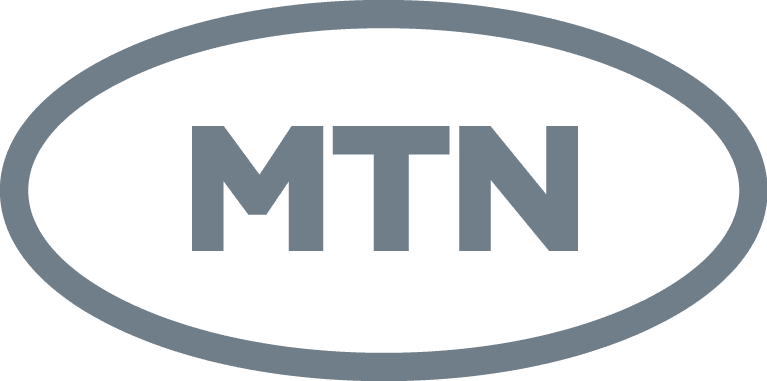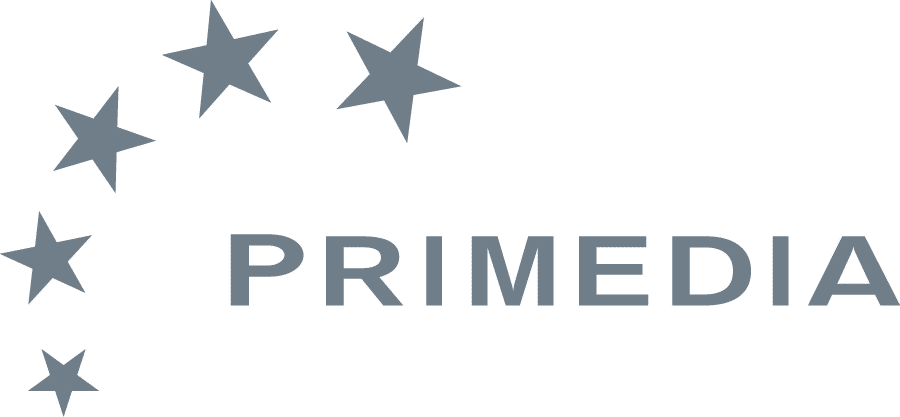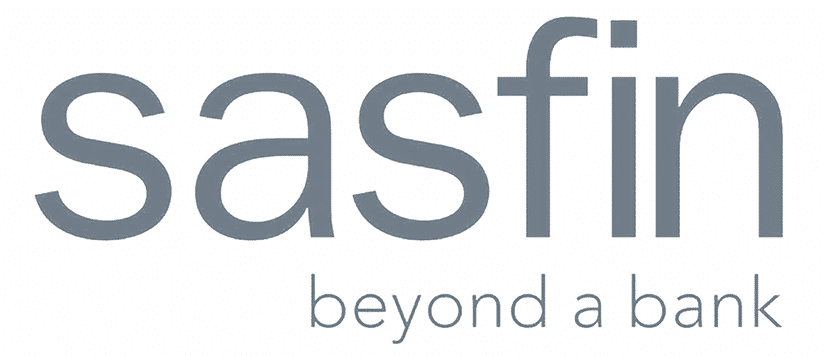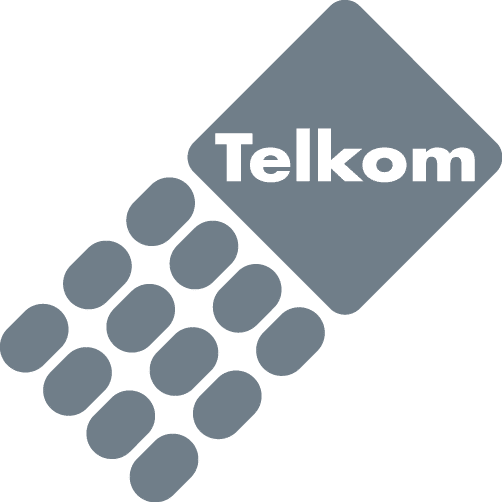Influencer marketing is now just a part of modern communications. What started as a social trend is now almost mandatory for brands interested in building authenticity, generating strong user engagement, and gaining users’ trust. Combined with PR, influencer marketing has the potential to scale brand messaging, authority and targeted interactions. But it is easier said than done to do both.
Public Relations has always been about managing reputation, forming relationships and creating perception. Influencers are writing with the same mission in mind as other branded content: to inform, persuade and matter digitally. But within digital communities, trust isn’t earned from a logo or corporate branding; it comes from personal relationships. Together, the fields cover both old-school PR and the digital consumer mindset.
Aligning Influencer Marketing with Brand and PR Objectives
The first step in infusing influencer marketing into PR is alignment. These two efforts must align with the same brand and communication objectives. Without an effective bridge, influencer partnerships can seem jarring or disingenuous — taking away from credibility rather than adding to it.
A tightly integrated strategy begins with identifying the brand’s mission, values, and audience. Influencers should practice these same values, not just have a big audience. Selecting influencers who are genuinely aligned with the brand’s fundamentals enables each campaign to feel authentic and target the ideal audience. For instance, a sustainable fashion brand should partner with influencers who campaign for ethical production, not just well-known style idols.
Public relations experts are also significant storytellers. Whereas marketing teams might focus on conversions or impressions, PR teams seek to ensure influencer messaging reflects the brand’s story, tone, and long-term brand identity. They can amplify the brand’s Public Relations messages by reaching out to communities that the media might not cover through an influencer, and by incorporating a “Human” touch in video corporate communication.
Combining Public Relations and influencer marketing means being in sync on all communications channels. Whether it’s press releases, blog content, social campaigns, or influencer material, ensuring they all convey the same message and identity is crucial. This combination creates trust and avoids mixed messages.
Building Collaborative Relationships with the Right Influencers
It should be based on relationship-building not only for them but also for their clients, the publicists, or brands. The trick, she said, is to stop treating influencers as a marketing strategy and instead treat them as long-term partners who align with your brand’s mission and audience.
The selection process is crucial. Public relations professionals must focus through a lens of relevancy, engagement, credibility and shared value with the brand. A small, connected influencer who speaks to their followers and interacts with them authentically will achieve more results than a celebrity with millions of fans/followers. In addition, nano-influencers and local makers provide brands with a more authentic and grassroots connection to the community.
However, identifying the right influencers is the first step, and building trust is the most critical aspect. Transparency, a bit of creative license and a good understanding of the influencer’s voice are essential.
Unlike traditional ad campaigns, an influencer partnership sinks or swims based on authenticity. Messaging for PR Teams to Own: Encourage them to discuss it in their own tone, but in a very authentic way. This can make content more relatable and believable.
The partnership shouldn’t die with a one-off post. Consider forming lasting relationships where influencers become the enduring face of your brand. Regular collaborations bring continuity, create trust and position the influencers as real advocates.
Positive influencer relationships can complement media outreach. In fact, it is influencers who have already democratised how the public relations industry works when they can call up writers and online publications, which you will need on side if a campaign is going to go viral.
Using Influencer-Generated Content to Strengthen Brand Storytelling
Content is at the heart of both influencer marketing and PR. Storytelling is the engine of Public Relations, spurring reputation and emotional connection. In influencer marketing, the latter generates connection and trust. When you blend the two, it results in strong stories that will come across as real and resonate with your audience long after they hear them.
Influencer-created content can enhance brand storytelling and offer a more relatable human perspective. Whereas conventional public relations material, such as press releases and corporate videos, conveys official messages, influencers share on-the-ground experiences. They demonstrate how a brand seamlessly integrates into their daily lives, resulting in more convincing stories. This mix of professional savvy and personal touch creates room for emotional power.
Influencer content can ease the lives of public relations professionals. If there is any way that communications professionals can put influencer content to work, it’s by strategically recycling it on repeat across more marketing channels than you can count.
For example, influencer endorsements can enhance a brand’s presence in digital press kits, blog posts, newsletters, and other owned media properties. A press release can include a short influencer video or be shared on social media as part of a package. Combine user-generated content in your PR materials to unite company messaging with real consumer experience.
And as such, influencer content can be leveraged to supplement your brand’s storytelling when it comes to pivotal events and launches. Live play sessions, backstage compilations and personal impressions build up a lot of excitement along the way. This type of content promotes transparency and relatability, two key elements in current PR at work.
Through influencer-partnered stories, brands avoid telling audiences what to believe and instead show them. This creates an authenticity and trust, both elements that traditional media coverage alone may not necessarily instil in brands and influencer storytelling. If influencer storytelling supports a brand’s narrative, then digital public relations advances from self-promotion into authentic, experience-driven conversation.
Measuring the Impact of Influencer-PR Integration
You can’t have influencer marketing integrated into PR without measurement. Although Public Relations is notorious for focusing on intangible results (such as perception and reputation), the digital tools available today make it easier than ever to measure the influence that collaboration can lead to. Success measurement not only demonstrates value but also informs strategy moving forward.
Begin by setting clear goals before you launch any campaign. These can be brand awareness, sentiment improvement, increased engagement or traffic to your site. And each goal should be associated with quantifiable KPIs, including reach, impressions, referral traffic and conversion.
Using social media analytics tools such as Sprout Social, Hootsuite, or Later can help you obtain detailed information on audience activity and post success. PRs can monitor hashtags, mentions and sentiment to gauge audiences’ perception of influencer-led campaigns. You can use UTM parameters or custom tracking links to easily track the number of website visits and conversions from influencer content using Google Analytics.
It’s not just numbers, but also qualitative assessments. Following its media profile, features, comments, and feedback have been illuminating about the positive impact of working with influencers in improving brand interpretations. Sentiment analysis applications, such as Brandwatch and Meltwater, measure emotional reactions and trends in the public mood.
Compare influencer performance against traditional PR channels. At the same time, this 360° perspective demonstrates how influencer alliances complement earned media and enhance digital exposure. Over time, data-driven insights start to inform the strategy and identify which influencers are your best performers in terms of content performance and ROI.
Conclusion
Influencer Marketing and Public Relations’ Common Goal. Both influencer marketing and public relations serve the same underlying goal: to create trust, credibility, and meaningful relationships between a brand and its audience. Strategically combined, they work to lift each other and change communication from a purely one-way message into an interactive story.
Effective integration starts with alignment. The most effective influencer campaigns are driven by PR values such as authenticity, transparency and continuity. Selecting influencers that truly embody the brand guarantees authenticity and emotive content. It’s about building stronger, longer-term relationships with influencers that result in long-term advocacy rather than fleeting exposure.
GET IN TOUCH WITH THE DIGITAL SCHOOL OF MARKETING
Do you want to become a digital public relations expert with the Digital School of Marketing? If you do, you must do our Digital Public Relations Course. Follow this link to find out more.
Frequently Asked Questions
Using influencer marketing alongside PR can help ensure that brands maintain empathy, trust, and a human touch in their engagement. Influencers are the voice of trust, serving as the bridge between corporate messages and audience engagement. When combined with PR tactics, influencer relationships can help scale storytelling, extend reach and enhance brand equity.
The optimal influencer will vary depending on a brand’s values, audience demographics, and campaign goals. PR pros are better off when they focus on authenticity, rather than the number of followers, and connect with influencers who truly resonate with the brand’s mission. It preserves credibility when addressing engagement, content quality, and how friendly they are to the audience. Micro-influencers’ engagement rates are higher than those of celebrities, as they typically have a niche audience.
Authenticity is the foundation of an effective PR campaign. Influencers who remain authentic and consistent in their messaging win the trust of their audience. If an influencer truly believes in a product or brand, their endorsement seems genuine and convincing. PR teams should allow influencers to distribute messages in a way that’s authentic to them, just as they would share their own, so it doesn’t feel forced.
User-generated content is a personalising lens on brand storytelling. Old-school PR is based on newsy press releases and formal announcements, while Influencers spin relatable real-world stories. This content features real people using or endorsing a product, making the messaging more convincing and relatable. PR teams can not only amplify the reach of influencer content by incorporating it into press materials, blogs or social media campaigns but also generate more traffic to owned media channels.
You can even quantify or at least qualify success. With the help of software like Google Analytics, Hootsuite, or Brandwatch, Public Relations teams can monitor KPIs, including reach, impressions, and engagement rates. These days, they also check referral traffic. Sentiment analysis can help gauge your audience’s opinion of you, while share of voice indicates how visible your brand is compared to your competitors. You can also reference media pickup and influencer trust to gauge impact.
.
There needs to be closer integration between influencer content and public relations messages. Start with concrete, measurable goals and a commitment to the influencers that are consistent with your brand’s values. It’s about keeping the channels open and working creatively together to tell real stories—name names with branding everywhere, including press releases, social media, and influencer posts.





















